Sire Catalogue 2025

There’s always room for improvement


There’s always room for improvement
Welcome to our latest LIC Ireland catalogue, showcasing the very best in breeding options from New Zealand and featuring exciting news for the 2025 spring breeding season.
This year at LIC, we are uniquely positioned to have the vast majority of our product in Ireland well before December for the upcoming season. This milestone is the result of several years of planning and investment. It also means we’re better positioned to cater to your needs with greater certainty around our offering.
Considering this news, one of the most important jobs on a dairy farm is developing a breeding strategy including selecting which bulls to use across the herd. Too often it is a task that doesn’t receive the attention it deserves. Unlike some factors that are out of a farmer’s control, this one is directly manageable and plays a crucial role in farm profitability. All it takes is a proactive approach by considering breeding decisions early and having a plan in place before the busy spring season begins.
February to May each year is a time to focus on keeping cows and calves healthy, getting cows out to grass and setting the farm up for the rest of the milking season. Every effort needs to be made to reduce workload. It’s fair to say that the spring of 2024 was a challenging season, making it nearly impossible to take the time to sit down and make decisions on what genetics to bring into your herd.
This is why we encourage farmers to contact us once cows start going into late lactation, before they enter their dry period. Consistency is the key to herd improvement, and the only way to achieve this is by having a clear understanding of your goals for the herd. Our team is available to sit down with farmers to help develop individual goals and an action plan to meet them. We can assist in identifying the top-performing cows in the herd and selecting the most suitable bulls to achieve your breeding objectives.
Due to EU regulations, all semen from New Zealand destined for the Irish market must be collected at our EU centre in Awahuri, based in the Manawatu region in the lower part of the North Island. For years, this presented a significant logistical challenge, with bulls collected for the Irish market also generally in high demand in New Zealand. This required careful coordination to ensure the bulls arrived at Awahuri in time to collect enough semen for the Irish market.
However, we have invested significant effort in streamlining the process by transitioning Awahuri to year-round semen collection. Bulls can now stay on-centre for longer, enabling a steady supply of product throughout the year instead of attempting to supply the whole season's stock right before the breeding season. As a result, our supply chain efficiency has improved immensely.
What does this mean for Irish farmers? It’s good news. In previous years, there was a tight window to deliver semen to farmers in time for their breeding season. With most of the product now already in Ireland, customers who purchase their semen early can have peace of mind knowing that it will be in their tanks well before breeding starts.
Because LIC bulls are selected based on Breeding Worth (BW), their genetic potential can sometimes be misrepresented when converted to EBI. Fortunately, Irish farmers have been impressed with the cows produced from LIC genetics, as demonstrated by the high 5-star EBI reports. The use of high-BW bulls to breed high-EBI herds highlights the effectiveness and success of our breeding program in an Irish context.
The below co-op report could belong to any long-term LIC user, showcasing the highest star ratings for everything except for the bulls used. These bulls were specifically selected based on BW to develop an elite EBI herd.
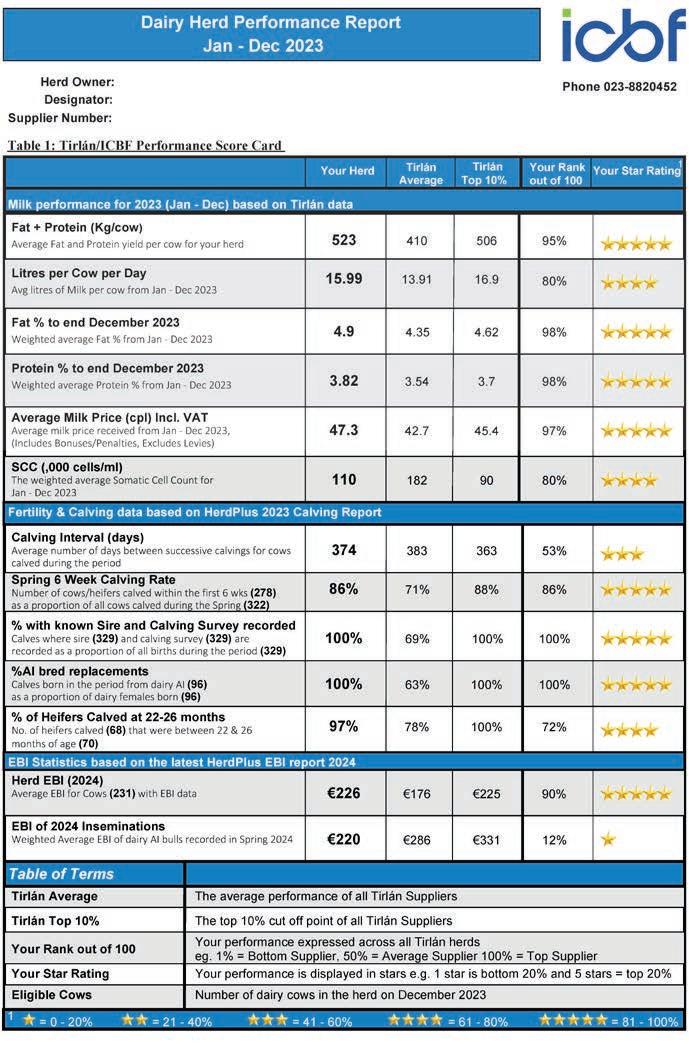
LIC Ireland is committed to supporting Irish farmers with the highest quality breeding options and expert guidance to help you achieve your herd improvement goals.
Enjoy the read!

Mark Ryder General Manager, LIC Europe

Single A.I. Use Provision: The customer agrees that each straw of sorted semen purchased or otherwise acquired from LIC shall only be used by the customer for the single use artificial insemination of one female bovine with the intent to produce a single offspring, and not for in vitro fertilization or embryo transfer unless specifically approved on an individual customer basis by Inguran LLC. d/b/a Sexing Technologies® (Navasota, Texas, USA) in writing. STgenetics®, SexedULTRA 4M®, Ultraplus™, and the 4M™ logo are the trademarks of Inguran LLC.
The bull data in this catalogue is displayed across all breeds; this is in line with how New Zealand Animal Evaluation Limited (NZAEL) and LIC rank New Zealand dairy animals. Because many LIC customers here in Ireland and around the world select genetics from multiple breeds for optimal herd performance, it is important for farmers to understand how an animal should perform within the whole herd, not just within one breed of the herd.
LIC believe that an across all breed evaluation is the best tool to help you make breeding choices geared toward making your herd the most profitable it can be.
Assessing the Animal
The New Zealand Base Cow is the genetic reference point from which Breeding Worth (BW) and Breeding Values (BV) are measured for all New Zealand dairy cattle.
All of the bull information in this catalogue is recorded relative to the 2005 Base Cow – the average of 21,585 cows born in the year 2005 – whose production and TOP (traits other than production) data has been set to zero. Each cow has been TOP inspected and milk recorded at least four times to deliver an accurate result.
Production is reported on their 270-day lactation yields relative to 5T Dry Matter:
Traits Other than Production (TOP) refer to the behaviour, temperament and physical attributes of a cow and are scored separately on a scale from one to nine. The four farmer-scored and 14 inspector-scored TOP traits are considered most important in relation to the overall requirements of dairy farmers. TOP records from two year-old animals are used for sire evaluations.
The raw data is then sent through to the New Zealand Animal Evaluation unit where within herd, region and national comparisons are analysed and processed. This information is then fed into the national data base as breeding values for sires.
The average raw TOP scores of the 2005 base cow are as follows:
FARMER SCORED MANAGEMENT TRAITS
Sire Proving farmers score two-year-old heifers on the four farmer traits
Adaptability
– describes depth and width of chest and body in relation to the physical size of the heifer
– describes the straightness or curvature of the back legs while the heifer
Udder Support – describes the strength of the suspensory ligament, and the udder depth relative to the hocks
Udder – describes the attachment of the front udder
*Teat length was first scored in 2018 so there is no phenotypic average for
Using this bull at a gBW of 470 indicates that per 5T DM eaten, the offspring are expected to generate NZD 470 more net profit than those of a bull of gBW 0. The higher the reliability of gBW, the more data sits behind it and the less likely it is to change with additional data.
A bull milk gBV of 181 litres indicates that his daughters will on average produce 90.5 litres more than a bull of gBV 0 litres. The gBV is across breeds, so Jersey and crossbred animals may show a negative gBV.
The lower the SCS BV the better, as you want to reduce the bulk milk Somatic Cell Score. A SCS gBV difference of 0.5 between two sires equates to a difference in expected daughter cell count of 37,500 cells/ml.
A bull gBV of 4.9% indicates that 2.45% more daughters are expected to calve in the first 42 days of a herds calving period, compared to a bull of gBV 0%.
As an industry New Zealand has a tighter calving pattern and shorter calving interval than dairy industries worldwide, with a calving interval of 369 days and average 6-week calving pattern of 83%.
Highly fertile cows have been necessary to achieve this. It is generally accepted that the New Zealand genetic base cow is far more fertile than many other countries’ genetic base.
This gBV compares animal stature across breeds based on a genetic reference population with a gBV of 0. Stature for Jerseys is usually negative and for Holsteins is usually positive.

DaughterofGALANT
A bull gBV of 33 kg indicates that the bull will produce daughters which on average, are genetically superior by 16.5 kg per 5T dry matter consumed, compared to a bull of gBV 0 kg.
A gBV of 60 kg indicates the sire’s daughters are expected to have a mature liveweight 30 kg heavier than those of a bull of gBV 0 kg. As expected in an across-breed evaluation, Holstein Friesians have a higher (positive) gBV and Jerseys a lower (negative) gBV.
Heifer & Cow CD BVs estimate the expected percentage of assisted calvings when a bull is mated to yearling heifers and cows respectively, compared to a bull of gBV 0. A bull of BV 9.9 can expect to have 4.95% more assisted calvings than a bull of 0.
A BV that predicts the average probability of survival from one lactation to the next, compared to a gBV 0. It is reported as a percentage. The progeny of a bull of gBV 5.1 should have 2.55% more daughters survive to the next lactation than a bull of BV 0. The average number of lactations/cow in New Zealand is 5.5.
A gBV of 0.00 indicates that the bull will produce daughters which on average, are genetically the same as the genetic base cow. (For example, by using a bull with a shed temperament of 0.12 the raw score for his daughters on average is expected to be 6.28 + 0.06 = 6.34 from a linear score of 9).


LIC has teamed with Irish farmers to produce bulls from leading LIC-bred herds through our genomic breeding programme in Ireland.
The Forwards sire team complements our flagship delivery of elite daughter-proven and genomic genetics from New Zealand with LIC genomic bulls bred in Ireland.
The young bulls undergo genomic evaluation using LIC’s long-standing expertise in both purebred and crossbred animal evaluation, in addition to evaluation on EBI.
Uniquely, these bulls have both gBW and gEBI figures, with the very best picked for The Forwards team.
LIC breeding experts have examined the candidates’ pedigree, physical attributes and cow family information to increase the accuracy of delivering genetics to further improve the genetic merit of your herd.
We use both EBI genomic evaluation and LIC’s own powerful genomic evaluation tool, the Single Step Animal Model (SSAM), to provide a more reliable estimate of a bull’s genetic quality at a young age than from ancestry alone.
With both gBW and gEBI behind them, The Forwards sire team offer you a unique opportunity to fast track genetic gain in your herd.

LIC Ireland proudly presents our European grown team of young sires, The Forwards®. SEE PAGE 50 FOR MORE INFORMATION.
The New Zealand dairy industry has a National Breeding Objective - ‘to breed dairy cows that efficiently convert feed into profit’. To achieve this, ten key traits that contribute to the goal have been identified and included in a balanced breeding index.
The index is called Breeding Worth (BW) and the unit of measurement is $.
It uses genetic merit breeding values (BV) and updated economic values (EV).
As a balanced index, it combines four production traits and six robustness traits.
Other traits are measured, some of which contribute to BW as underlying predictor traits.
BW ranks bulls and cows according to the profit their offspring are expected to generate relative to a genetic reference point, the ‘Base Cow’, which is set at zero.
BW is calculated by summing the contribution to profit across the ten economically important traits. For each contributing trait the breeding value is multiplied by the economic value of that trait.
Breeding Worth (BW) = Breeding Value (BV) X Economic Value (EV).
Breeding Values (BV) are an estimate of a cow or bull’s genetic merit for a trait. BVs are updated at least monthly as performance information of the animal and its relatives flows in.
Economic Values (EV) represent the economic value of a trait to a dairy farmer and are usually updated annually. They are calculated using economic models accounting for revenue and costs on-farm. Because milk price fluctuates from year to year, a rolling average of historic and current milk price values are used in the calculation.
The resulting profit index is reported in relation to the animal, with half its value passed on to offspring. For example; on average, the offspring of a bull with a BW $200 and a cow of BW $100 are expected to make $150 more profit per annum than offspring of the Base Cow would.
EVs determine the relative weighting of each trait within the index - as EVs are updated each year, trait weightings in the index will adjust slightly.
The ten traits and their weightings that are included in Breeding Worth are as follows:
Gestation Length, Fertility, Somatic Cell Score (SCS), Functional Survival (FS), Body Condition Score (BCS) and Udder Overall (UO) are referred to as Robustness traits. These traits have moderate to low heritability, except for Gestation Length which is highly heritable and are important for cow health and survival in the herd.
Animal efficiency is increasing, as evidenced by the national rise in average per cow production while average liveweight has remained relatively static. Researchers estimate that about 40% of the production efficiency gain is due to genetic improvement.
Milkfat, Protein, Milk Volume and Liveweight are categorised as Production Efficiency traits. Fat, protein and volume estimate production, while liveweight accounts for the efficiency of feed partitioning between body maintenance and production. Production efficiency traits are moderately heritable, and important when measuring cow productivity.
An important indication of the accuracy of a BW prediction is the Reliability figure. Reliability indicates the confidence that an animal’s BW (or individual breeding values) are a measure of their true merit. The higher the reliability, the less likely the BW will change with the addition of more information. Reliability is reported on a scale of 0 to 100%. It increases with the amount of information.
Information sources and BW estimation reliabilities - no information (0%), ancestry information (20-30%), genomic information (40-60%) and daughter proof information (70-99%). Proven bulls generally have higher reliability figures than cows, simply because they have many more daughters milking.
Variable milking regimes are gaining popularity as an efficient way of managing seasonal conditions and resources with benefits in reduction of farm working expenses and improved animal health. Variable milking regimes cover everything from VMSI (OAD) to 16 hours and 10 in 7.
Variable milking regimes may be used exclusively as the overall farming system, strategically for part of the herd, or for shorter periods during the season.
LIC’s Variable Milking Selection Index (VMSI) has been developed to help farmers breed animals most suitable to their system.
Our goal is to support variable milking regime farmers in breeding cows that persist throughout the lactation and have longevity in the herd. The index has a strong correlation to Breeding Worth (gBW) but also combines the non-negotiable functional traits required for variable milking.
It reflects what farmers have told us is required in a desirable cow and takes into account the following traits:
• Udder support
• Front teat placement
• Milking speed
The index (VMSI) places less emphasis on Functional Survival and Fertility because these factors are less of an issue than in twice-a-day (TAD) herds.
The graph shows the weighting of the traits within the VMSI, in addition to the existing eight traits of gBW.
gBV Protein – 23.0%
gBV Milkfat – 23.0%
gBV Milk Volume – 10.5%
gBV Liveweight – 8.5%
gBV Fertility – 9.5%
gBV SCC – 6.5%
gBV Milking Speed – 4.0%
gBV Udder Support - 13.0%
gBV Front Teats - 2.0%
The VMSI allows animals to be compared based on their suitability for variable milking regimes. The index increases based on the animal’s suitability.
Unlike gBW & PW, the VMSI does not represent an economic value of the animal’s productive performance or ability to breed profitable replacements.
* Sexed semen is offered for Single AI use only. See page 3 for more information. Publishing Date: 30/11/2024

With a team of bulls selectively bred to shorten gestation length, the SGL product can help you to shorten your calving, increase days in milk, and give your cows longer to recover improving their chances of getting back in calf.
SGL plus BW combines genetics for a shorter gestation with sound genetic merit, so farmers can keep heifer calves as replacements. These SGL sires have been tested to ensure their traits are passed on to their offspring, with the purpose of improving the overall efficiency of your herd.
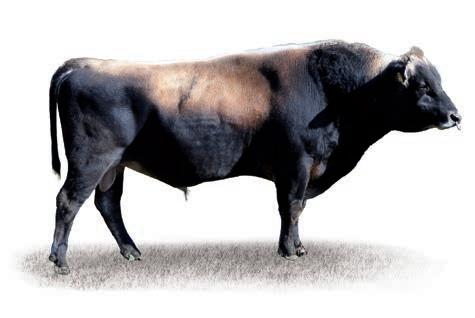


* Sexed semen is offered for Single AI use only. See page 3 for more information. Publishing Date: 30/11/2024


* Sexed semen is offered for Single AI use only. See page 3 for more information. Publishing Date: 30/11/2024
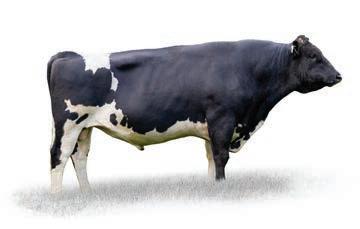
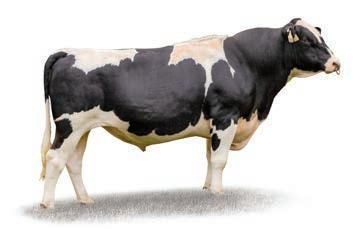





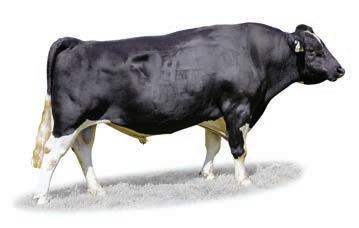




5/5
5/5

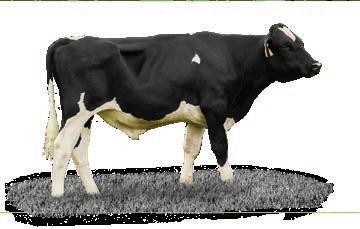









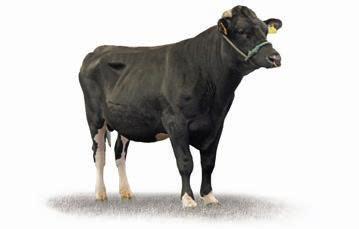



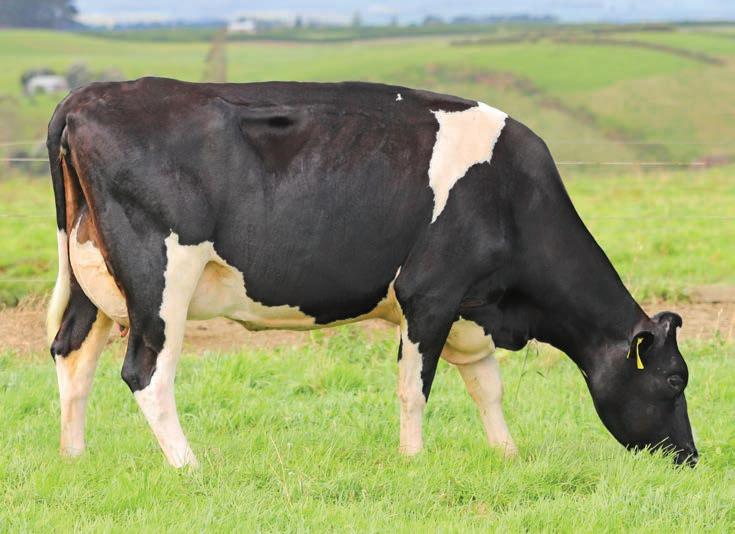
DaughterofGALANT












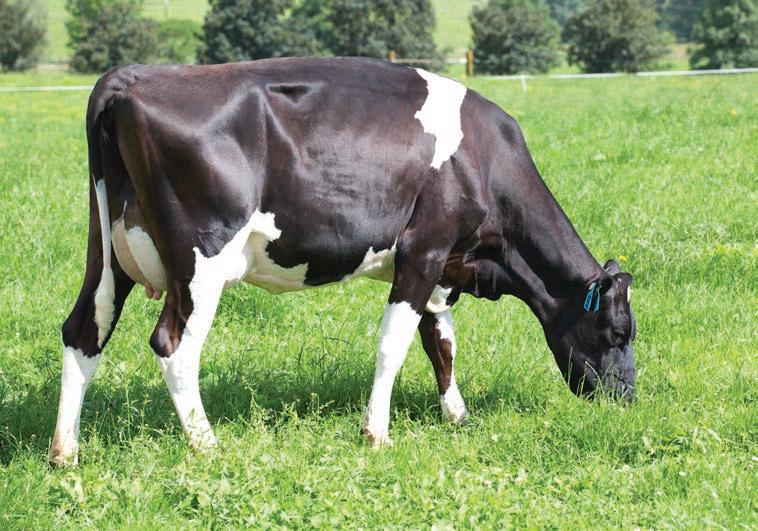






















* Sexed semen is offered for Single AI use only. See page 3 for more information. Publishing Date: 30/11/2024



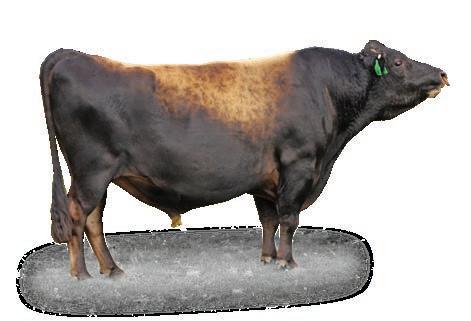






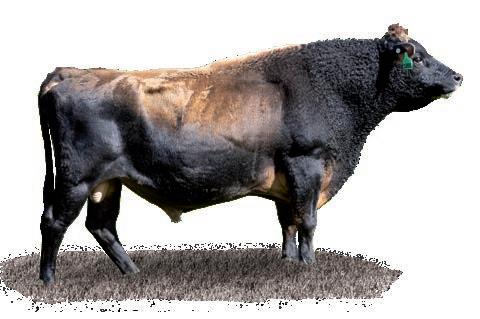

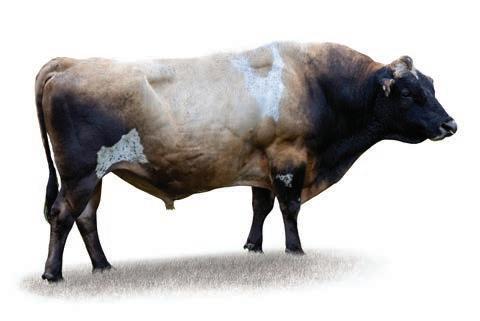























IRELAND VALUES


IRELAND VALUES




















* Sexed semen is offered for Single AI use only. See page 3 for more information. Publishing Date: 30/11/2024


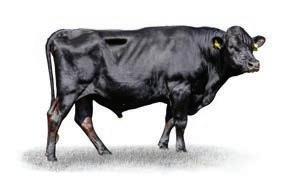






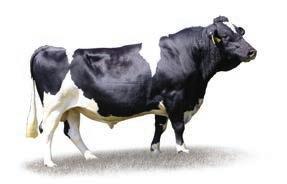

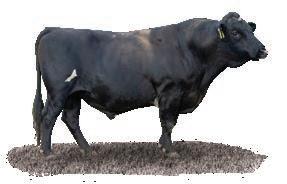


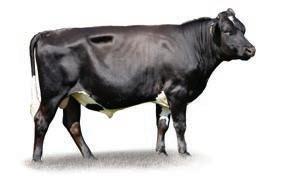


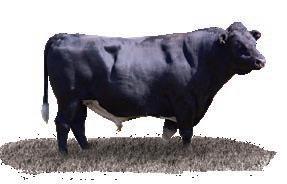
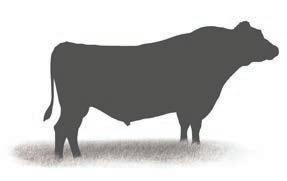


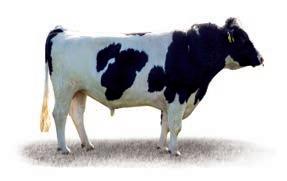



















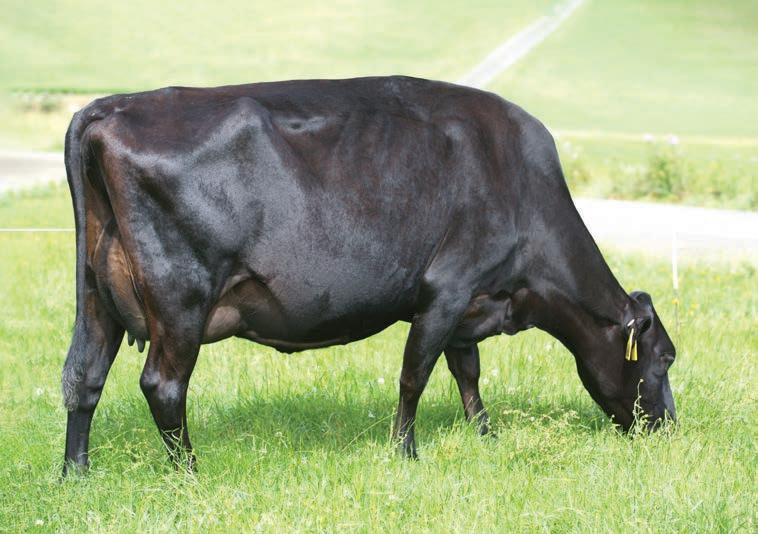
IRELAND VALUES







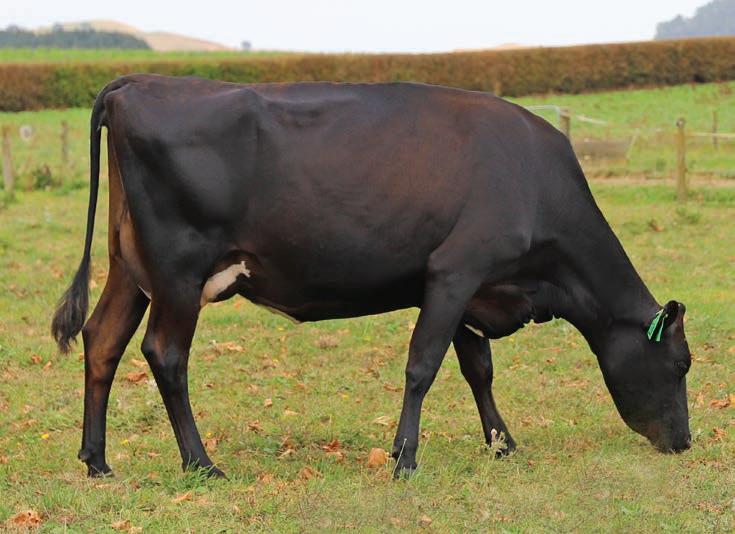

IRELAND VALUES




























Breeding









By providing you with elite beef sires, our aim is to help you create dairy beef calves that are born easily, grow well and are in demand in the marketplace. At LIC, we are committed to maximising the value derived from non-replacement calves. Whether it’s calving ease, more days in milk or producing more saleable beef x dairy calves – our aim is to provide you with dependable genetic options that deliver tangible financial benefits.
The Beef + Lamb NZ Genetics Beef Progeny Test compares the progeny of beef bulls under New Zealand commercial farming conditions. Over 170 highly sought after beef sires from 15 breeds have been mated to crossbred dairy cows at Pāmu’s renowned farm at Wairakei Pastoral. Their calves have been reared under commercial conditions with growth, carcass and meat quality traits evaluated.
How do we select these elite beef sires?
We select our beef sires from a range of beef breeds to provide you with management and market options. Whether it be colour marking, calving ease, growth rate, polled, or numerous other criteria, we have worked hard to find elite bulls that will meet your selection criteria and produce profitable offspring.
LIC’s genetic selection team select bulls based on their genetic merit for traits such as calving ease, cow days in milk, growth rates, carcass and meat quality. The end result of this meticulous selection process, is a team of bulls that rank amongst the best globally in meeting these goals.


To make these selections, we use many data sources. These include BREEDPLAN Estimated Breeding Values (EBVs), Leachman multi-breed data, and the Beef + Lamb NZ Dairy Beef Progeny test. We also seek out the advice of our network of bull breeders to recommend potential sires to us. Many of these breeders have been in business for decades and their guidance and intimate breed knowledge is both valued and trusted.
To make sure our selections continue to be fit for purpose, we continue to monitor sire performance. Calvings recorded in MINDA® herd records provide us with an even more accurate picture of the sire’s calving ease and gestation length over dairy cows.



Rissington Cattle Company’s Angus semen is selected for known traits that can make a real difference in cow herd profitability. All animals are recorded on Breedplan and Leachman multibreed database of over one million animals.


Supplied exclusively from the South Island, New Zealand stud Shrimpton’s Hill Herefords are the trait leaders for short gestation length across Australasia.

Sourced through the Kakahu stud, all LIC Charolais are homozygous polled and are a great marking option. The breed adds muscle and conformation to a dairy beef carcass and are a commonly used terminal sire in commercial beef operations.

Belgian Blues over any dairy breed, can enhance the carcass quality of your calf They will also colour-mark progeny.


When picturing the ideal cow, each of us may have something different in mind. But for an Irish grazing system we need to look for efficiency of production from every cow in the herd. That is, a cow who efficiently delivers a high amount of milk solids per kilogram of liveweight, with very little fuss, while quickly getting back in calf year-after-year.
While facing many external pressures, Irish dairy farmers mustn’t lose sight of the importance of efficiencyboth from our cows and from our farming systems.
Efficiency underpins profitability and is especially important in the face of ever rising input costs and a volatile world market. Genetic gain keeps this moving forward, delivering ever increasing feed conversion efficiency.
Production data and actual liveweight information can be used to help farmers identify the most production efficient cows in their own herd and farm system.
herds of today
There is an exciting opportunity within our herds right now as we recognise the potential for our future herd! The production and production efficiency variation seen within animals in the same age group in the herd, gives us a glimpse of the potential for whole herd performance in years to come.
LIC quantified this for 3376 NZ herds in a 2023 study of mature (4-8-year-old) cows.
The study showed a strong relationship between production efficiency and genetic merit (gBW) at +0.4 kgMS per 1 gBW increase. There is significant variation in performance within herd age groups. The performance difference between the top quartile and the bottom quartile of mature cows within herds averaged 166 kgMS/ year, while the genetic merit difference was 64 gBW points, (see Table 1).
The top quartile cows were around 30% ahead of their bottom quartile herd mates for milk production, production efficiency (kgMS per kgLWT), and genetic merit (gBW), revealing the exciting opportunity farmers have to further improve performance, just by breeding and milking more of these top end cows. The proof is there - high gBW bulls breed high production and production efficient cows.
All of this highlights once again the usefulness of milk recording. Combined with liveweight information from annual cow weighing in mid-lactation, farmers can identify the most and the least efficient animals in their herds.
The contribution of liveweight to production efficiency isn’t anything new for farmers who have long had their eye on that key metric. They know that larger cows cost more in feed for growth and maintenance. Taking nearly an extra 300 kgDM to feed a 600 kg cow vs a 500 kg cow each year, that’s the equivalent of an extra two silage bales required per cow, per year.
Recent Irish research confirms the usefulness of this as a production efficiency measure.
Actual liveweight data will highlight the most efficient animals in your herd.
And she needs to be highly fertile
The ICBF has recently launched a new online tool to calculate efficiency once you’ve entered in your cows’ midlactation weights. This will make it easy for farmers to select their most efficient animals for breeding.
When we’re looking at efficiency, it’s the smaller more productive animals that are most efficient, and these tend to be our crossbred animals. We’ve seen this both in New Zealand and in Ireland.
While we can breed for efficiency within any breed; Holstein Friesian (HF), Jersey (JE) or Jersey-Holstein Friesian crossbred (HFxJ), it’s the HFxJ group of animals that have proven to be most efficient. In Ireland, research conducted by Moorepark, has shown that HFxJ animals (animals with more than 25% Jersey) produced 8.9% more solids per kgLWT when compared to HF across all parities (1.01 vs 0.92 kgMS per kgLWT).
The HFxJ group also maintained that efficiency into later lactations, whereas the HF hit peak efficiency in their third lactation (0.96 kgMS per kgLWT) and started to decline thereafter.
The end result was that the HFxJ group produced more kgMS per kgLWT across more lactations than the HF group, and they showed a linear increase in efficiency with the proportion of JE genes in the animals.
Source NZ Dairy Stats 2022/23
(A link to research are at the bottom of this article, or talk to your LIC breeding advisor.)
High genetic merit HFxJ cows show the greatest production efficiency and maintain that efficiency for longer. Therefore, crossbreeding is an invaluable strategy to increase efficiency in your herd.
Nevertheless, no matter your chosen breed, higher gBW consistently delivers greater production efficiency. In an LIC 2023 study, similar to the previously mentioned study, more than 840,000 cows with over 200 days in milk in 2022/23, were ranked by quartiles for genetic merit (gBW) within breed and assessed for production and other traits.
Again, across every breed or breed mix the top quartile animals outperformed their lower gBW herd mates.
On average, they produced more milk solids, were lighter in liveweight and had higher fertility breeding values, with the trend being consistent through the quartiles. So, it’s clear that using high gBW bulls will increase the efficiency of your herd and help you breed more efficient cows faster. As input costs rise, increased efficiency is vital to continued profitability. Using herd improvement tools, such as milk recording and capturing midlactation liveweights you can select your most efficient and fertile cows, breed them to high gBW bulls and step up to even greater levels of efficiency in your herd.

More information on the Irish study can be found by following the link below: https://www.sciencedirect.com/science/article/pii/S1871141321002997?via%3Dihub









MARK RYDER
General Manager - LIC Europe
T +44 78 2731 7331
E mryder@liceurope.com
AI Services (NI) Ltd
T 028 9083 3123
F 028 9084 2640
E info@ai-services.co.uk
DAVID POWER
Genetics Dev Mgr - Midlands South East
T 087 937 2553
E dpower@liceurope.com
EOIN KENNEDY
Breeding Advisor - Midlands South East
T 086 410 7786
E ekennedy@liceurope.com
WILLIAM WALSH
Breeding Advisor - Cork & South Tipperary
T 086 174 5666
E william@eurogene.ie
BARRY O’DONOVAN
Breeding Advisor - West Cork & Kerry
T 087 399 5967
E barry@eurogene.ie
LEONARD GAVIN
Breeding Advisor - Midlands North East & West
T 086 142 8830
E lgavin@eurogene.ie
PADRAIC HARNAN
Breeding Advisor - Midlands North, East & West
T 086 191 6076
E padraic@eurogene.ie
PAT CORCORAN
Breeding Advisor - Limerick
T 086 206 2808
E pat@eurogene.ie
Carrigeen Commercial Park
Cahir, Co Tipperary, Ireland
T 052 744 2517


ANGELA KENNEDY
Telesales T 052 744 2517
E angelak@eurogene.ie
MAIREAD HAYES
Telesales T 052 744 2517
E mairead@eurogene.ie
Carrigeen Commercial Park
Cahir, Co Tipperary, Ireland
T 052 744 2517